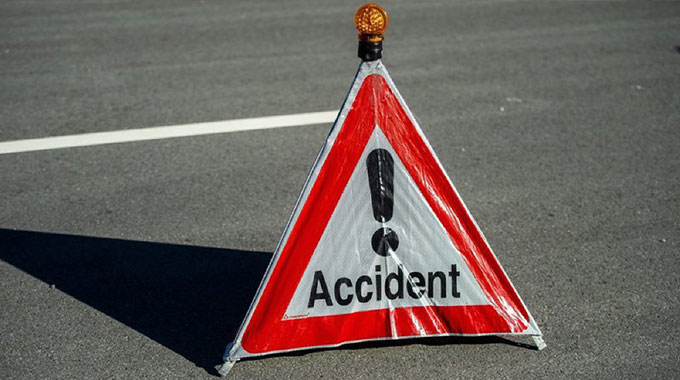Trail of destruction after rains in Matabeleland South

Andile Tshuma, Chronicle Reporter
HEAVY rains which fell over the weekend left a trail of destruction in parts of Matabeleland South province, with some homesteads having their roofs blown away.
Schoolchildren in some areas had to miss school yesterday as they could not cross flooded rivers, with villagers saying this will continue until water levels subside.
Areas such as Beitbridge, Mangwe and Bulilima were affected.
Matabeleland South Provincial Affairs Minister Cde Abednico Ncube, in a telephone interview, confirmed the development yesterday.
“I have received calls on reports of some damage caused by rains in some parts of my province. I am yet to get official reports. However, news reaching me from areas such as Beitbridge, Mangwe and Bulilima indicates that some people have lost property and a lot of damage has taken place. I am on my way to Victoria Falls and I am yet to get the official report on the situation following the heavy rains that fell yesterday (Sunday),” said the minister.
Some villagers in Bulilima said roofs of their homes were blown away, leaving them in the open.
“We were still sleeping in the early hours of Sunday when suddenly the roof to the children’s hut was blown off. The kitchen hut roof caved in at my neighbour’s homestead. Luckily no one was injured but it will cost us a lot to repair the damage,” said Mr Abel Moyo from Bulilima.
Mrs Prisca Ndlovu, a villager from Hovi in Matobo district said she had to keep her grandchildren from school as rivers were flooded.
“The bridge at Hovi River is too low and it was flooded. It is too risky for them to cross over to school. They will stay at home until the water subsides. It is unsafe,” she said.
A primary school pupil allegedly drowned after attempting to cross a flooded river in Gungwe, Matanamombe Village in Gwanda South on Sunday.
Police could not be reached for comment on the matter.
The Director for the Civil Protection Unit Mr Nathaniel Nkomo said:
“We are still doing preliminary work. We are compiling reports from provincial development coordinators and from the districts.”
Meanwhile, Bulawayo City Council (BCC) yesterday said the recent heavy rains did not translate to any significant inflows into the city’s supply dams which are all located in the Matabeleland South province.
“The public should note from the results that the intensity of rainfall in the city versus the catchment area varies and is not necessarily the same. The city is in a different natural region compared to the location of the dams. The public should further note that the rain water which falls in the city, flows westwards and not eastwards or southwards where our dams are located and as such while there may have been good rainfalls in the city, (23 February 2020), they did not contribute to our water supply dams. Rains were received in the late afternoon in the catchment area and did not have the same intensity as the rains received in the city,” said BCC senior public relations officer Mrs Nesisa Mpofu.
In a statement issued yesterday the Town Clerk, Mr Christopher Dube urged residents to abide by city by-laws and not interfere with waterways as this may cause flooding.
“During the rainy season, Bulawayo City Council wishes to raise public awareness that under Part VIII of the Roads Act [Chapter 13:18], owners, occupiers or users of any land are obliged to take all reasonable steps to ensure that water is not prevented, obstructed or impeded from draining into, onto,0under or through their land from a public road,” he said.
“Owners, occupiers or users of any land may also be liable if accidents occur as a result of water being prevented from draining off a public road into, onto, under or through their land, or water, soil or other material flowing or escaping from their land onto a public road. Particular attention should be taken to ensure compliance with these obligations, and with ensuring that all entrances over drains are adequate and allow the free flow of water (e.g. weep holes in property boundary walls, adequately culverted or piped).” -@andile_tshuma








Comments